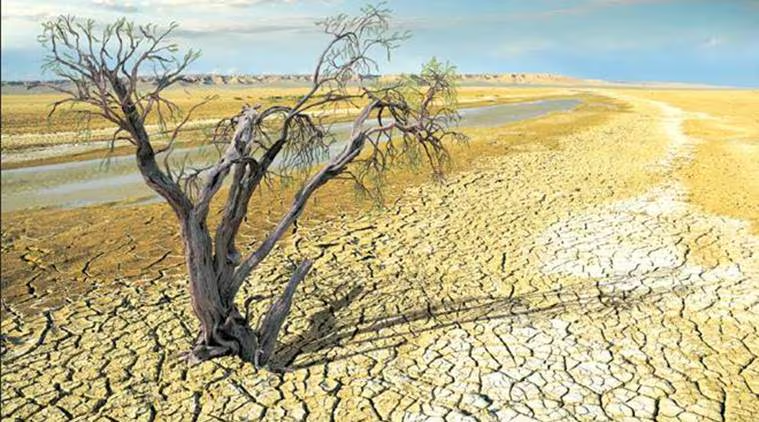
India, a country of over 1.4 billion people, faces a growing challenge of water scarcity. With its vast population and diverse geography, the nation’s water resources are critical for agriculture, industry, and daily living. However, climate change is exacerbating this crisis, creating a precarious situation that threatens lives, livelihoods, and the environment.
Climate Change and India's Water Resources
Climate change has intensified the water crisis in India through erratic rainfall, rising temperatures, and extreme weather events. Traditionally, India relies heavily on the monsoon for its water needs. However, climate change has disrupted this critical weather pattern. Monsoons have become unpredictable, with either excessive rainfall causing devastating floods or insufficient rain leading to droughts. Such irregularities strain the country’s water availability and management systems.
Furthermore, increasing temperatures are accelerating the melting of glaciers in the Himalayas, which are a vital source of freshwater for India’s major rivers like the Ganga, Yamuna, and Brahmaputra. This accelerated melting results in an initial surge in water levels but poses a long-term risk of reduced river flows. With glaciers retreating faster than before, India’s freshwater supply faces an uncertain future.
Impact on Agriculture and Livelihoods
Agriculture, which employs nearly half of India’s population, is one of the sectors most affected by water scarcity. Farmers depend on consistent rainfall and adequate water supplies for irrigation. Climate-induced droughts and erratic rainfall lead to crop failures, reduced yields, and economic hardships for farmers. The water crisis has also forced many rural communities to migrate to cities, seeking alternative livelihoods.
Urban areas, too, are grappling with water shortages. Rapid population growth and unplanned urbanization have led to overextraction of groundwater, depleting aquifers at an unsustainable rate. Climate change compounds this issue by reducing the recharge of groundwater due to irregular rainfall.
The Rise of Extreme Weather Events
India has witnessed a surge in extreme weather events like cyclones, floods, and heatwaves, all of which exacerbate water scarcity. Cyclones damage water infrastructure, while floods contaminate clean water sources, making them unsafe for consumption. Heatwaves increase water demand while depleting reservoirs and rivers, leaving many regions struggling to meet basic needs.
Addressing the Challenge
To combat water scarcity intensified by climate change, India must adopt a multi-pronged approach. Sustainable water management practices, such as rainwater harvesting and wastewater recycling, can help conserve resources. Building resilient infrastructure to withstand extreme weather events is equally essential.
Additionally, policies promoting efficient water use in agriculture, like drip irrigation and crop diversification, can reduce the pressure on water resources. Urban areas must focus on recharging groundwater and controlling unplanned development to ensure long-term sustainability.
Finally, addressing climate change on a global scale is imperative. Transitioning to renewable energy sources and reducing greenhouse gas emissions will help mitigate the impacts of climate change, securing water resources for future generations.
In conclusion, climate change has amplified India’s water scarcity, presenting a severe challenge that demands urgent action. By adopting sustainable practices and global cooperation, India can work towards a future where water is accessible to all, even in the face of a changing climate.


